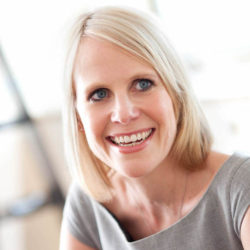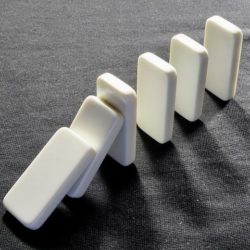Supply Chain Agenda of Marcel van Rossum from J&J Medical Devices

“We have to see technological disruption as an opportunity”
With sales of US$ 72 billion and over 125,000 employees in 60 countries Johnson & Johnson has become one of the world’s largest healthcare companies. Founded 130 years ago, today it has a broad global portfolio covering three sectors: pharmaceuticals, consumer and medical devices. Most importantly the business is still driven by its Credo that was created by its chairman in 1943, just before J&J become a publicly traded company. This Credo is a constant reminder to all employees to always put patients, doctors and nurses first. Not only has this given the company a moral foundation it has also been the cornerstone for business success. “We are driven by the will to contribute to healthcare by making it more affordable and by focusing on product innovation to improve the lives of patients,” says Marcel van Rossum. The Dutchman has worked for Johnson & Johnson since 2000 in various roles covering manufacturing, commerce and the end-to-end supply chain. “I like to switch roles every three to four years in order to gain new experience and take that with me into the next role.” He has just embarked on a new project that will aim, through the use of new and emerging technologies, to bring customisation into the supply chain.
By Helen Armstrong
What is your responsibility regarding the supply chain?
“For the last four years I was supply chain leader for medical devices in EMEA supporting a US$ 5 billion business. I was also representing supply chain on the commercial board, bridging the commercial organisation and operations: I was able to convince the commercial director that having supply chain on its board would be a benefit to both organisations. Our medical devices supply chain has since moved to the next level of maturity having already undergone a big transformation. It used to comprise 20 different business units but in 2010 we created one supply chain organisation enabling us to leverage good practises from the different business units.
At the beginning of March I was asked to set up and lead a global program for customisation. We feel this is becoming necessary due to the trend towards more and more regulatory requirements within the healthcare industry. The supply chain needs to rethink how to get the right products with the right information to the right location in the right country. We have factories all over the world but it is impossible to put all the necessary information on every label for every single country.
Therefore we have to find smarter ways to do this that don’t add extra costs. We are looking at where and what kind of customisation should be applied to create end-toend solutions that can also help our customers, such as hospitals, improve their value chain. We are still in the assessment and exploration phase and my assignment is to deliver the initial transformational strategy before the end of the year.”
What is the strategy of the company: operational excellence, product leadership or customer intimacy?
“Our strategy within J&J medical devices is product leadership, although we need the other sides of the triangle too. We aspire to our Credo, that means putting patients, doctors and nurses first, and then we look into other attributes such as fast tracking innovation, agile customer solutions, end-to-end value etc. Within the supply chain I always consider the classic triangle of service, cost and investment and for us as a healthcare company, service is always number one.”
… … … …
Read the full article in Supply Chain Movement 26 | Q3 – 2017 >>
Subscribe on tablet edition now to read the magazine digitally >>









